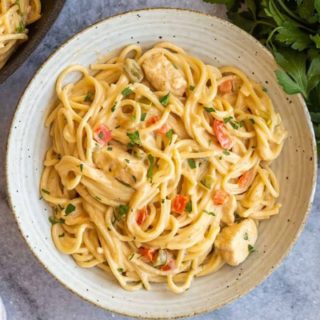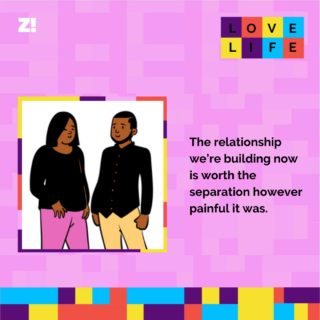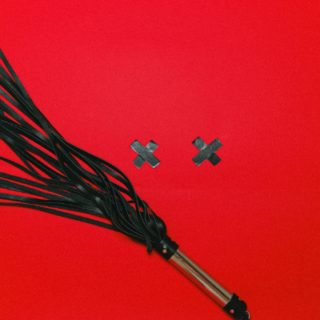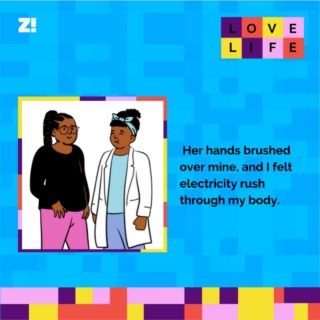Digital art is fast becoming one of the most lucrative art types as social media advances as well as the tools used to create the art. In this article, we spoke to 5 female African digital artists about their work.
Ohimor Oghenerume, 22, Nigerian
I started digital art in September 2017 because I was very sick and I thought I was going to die. Digital art was on my list of things to try out. I googled the apps I needed, downloaded them on my iPod touch, and started playing around. I didn’t even know when I became good enough for commissions but people kept recommending me for jobs and eventually someone gave me a shot. Sometimes, I still get shocked that people think I’m good enough to be commissioned or be in their galleries.
There is so much talent that it’s easy to feel like you would never be good enough. It can be overwhelming, but I’m learning that the presence of someone else’s talent isn’t the absence of mine. This allows me to be deliberate about the work I put out.
Araba Opoku, 22, Ghana
I learnt how to use Corel Draw in high school because it was the easiest way to replicate my print patterns and vectorize the motifs. I was 16 at the time. Now, I alternate between CorelDraw, Photoshop and Illustrator. I still paint on canvas and sew but digital art is easier for me — from creating colours to cleaning brush strokes or applying a fill. I think it’s profitable but not as your main source of income.
Titilola, 21, Nigerian
I started as a traditional artist and then transitioned into digital art in 2018. I was inspired by some digital artists I found on the internet — people like Duks Art and Yinkore. Art for me is a journey filled with experiments. It took about a month for me to create decent work.
In the art world, traditional art is still preferred from what I know because there is a debate around whether or not digital art is real art. Hence, it is difficult to get contemporary galleries to notice your work or take it seriously. Aside from this, digital art is versatile and there are multiple avenues to create income from it.
Yuwa, 23, Nigerian
I’ve been drawing since I was like 6 or 7 as a hobby. I work as a product designer but in 2019, I got an iPad as a gift from someone who knew I wanted to learn digital illustration, and my journey as a digital artist began. A few months later, I got an Apple Pencil and started experimenting. I earn money from it as a side-gig. I love the versatility it allows — I have worked with different kinds of people, from bridal shops to writers.
I am not interested in turning my hobby into a job, so I take small jobs that require minimal effort. The largest amount I have received for my work is £300. I believe the ability to draw is a gift that God has blessed me with. I love the fact that I can use it to tell people about Jesus. That’s the larger purpose for me.
Samira, 27, Nigerian
I started drawing and writing as a child. It has always been a hobby for me. My mum wanted me to publish one of my stories but I wasn’t interested in it. My stories were my escape — I draw and write about places or characters I want to meet.
I started taking drawing seriously because I wanted to prove a point to my brother that I was good at it. It’s been great so far. At first, I felt uncomfortable charging for my illustrations but when I moved out of my parents’ house and hunger saw the chance to tag along, I became comfortable with charging for my work. I am lucky to be blessed with great clients.
QUIZ: Can You Score 7/10 On This Primary School Art Quiz?
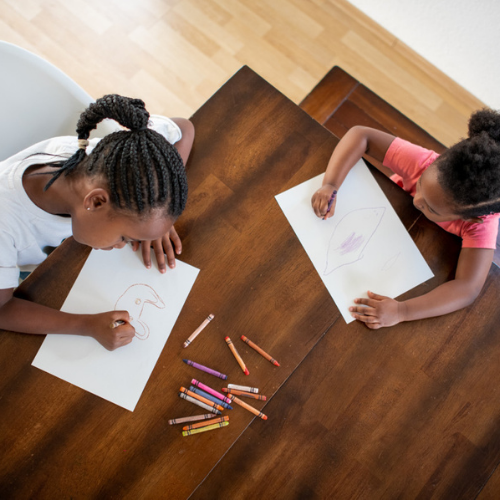
Are you smarter than a primary school student? Take this quiz to find out.

